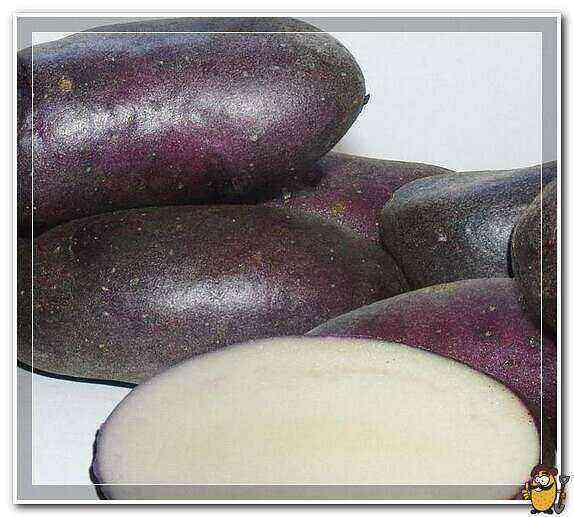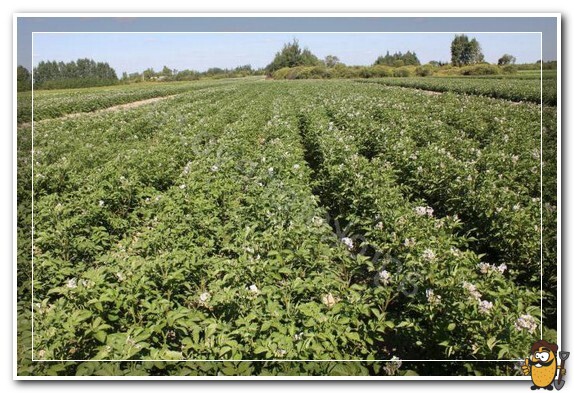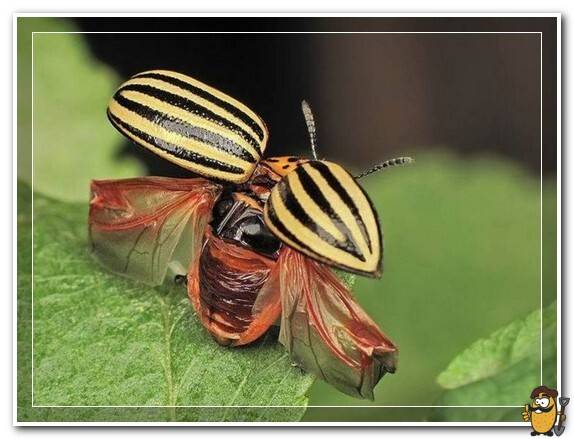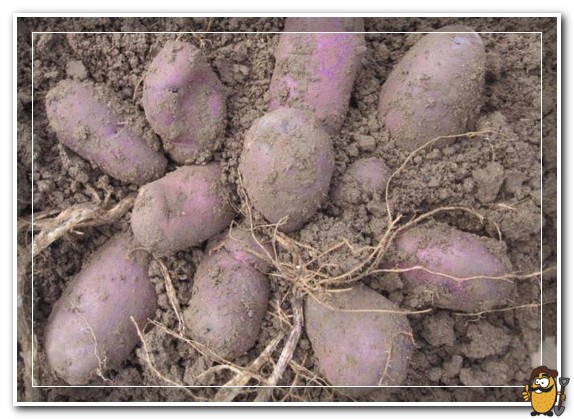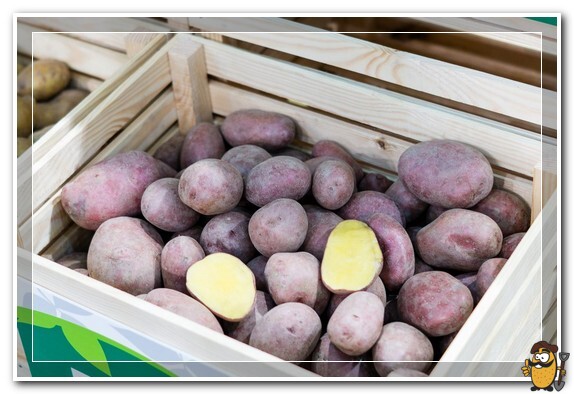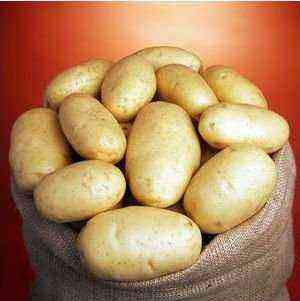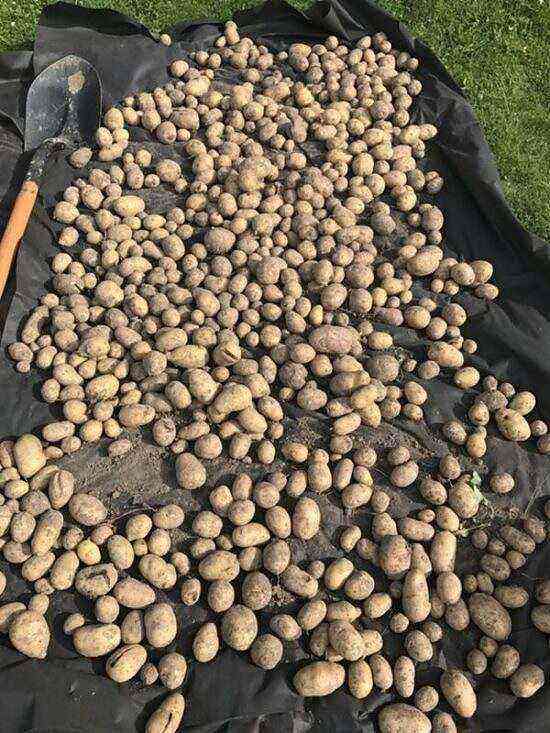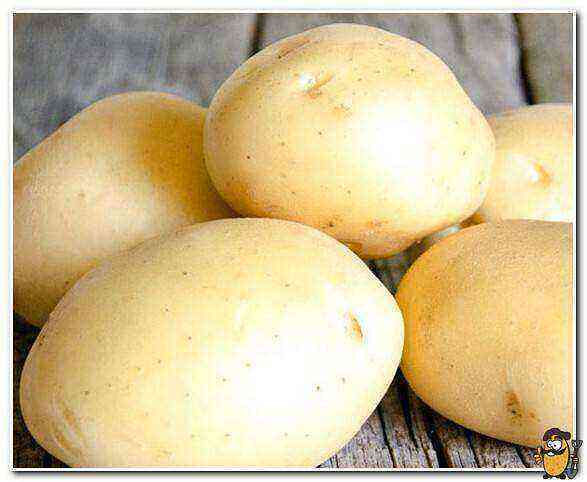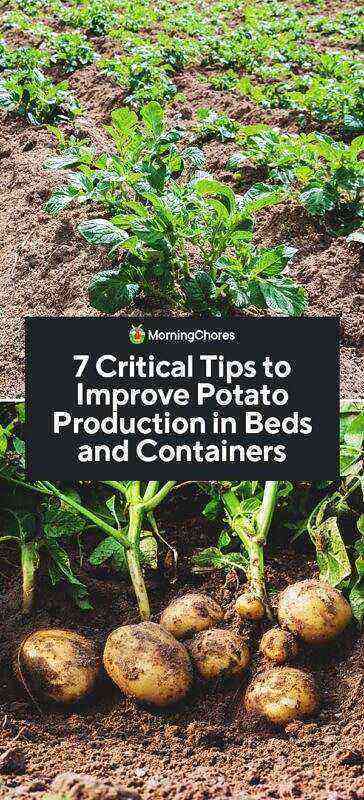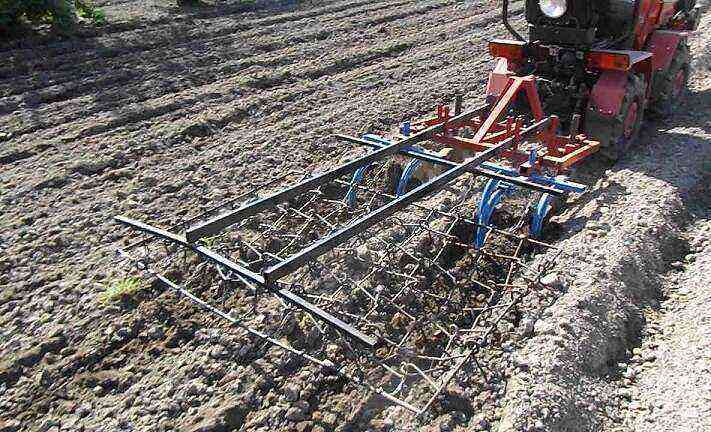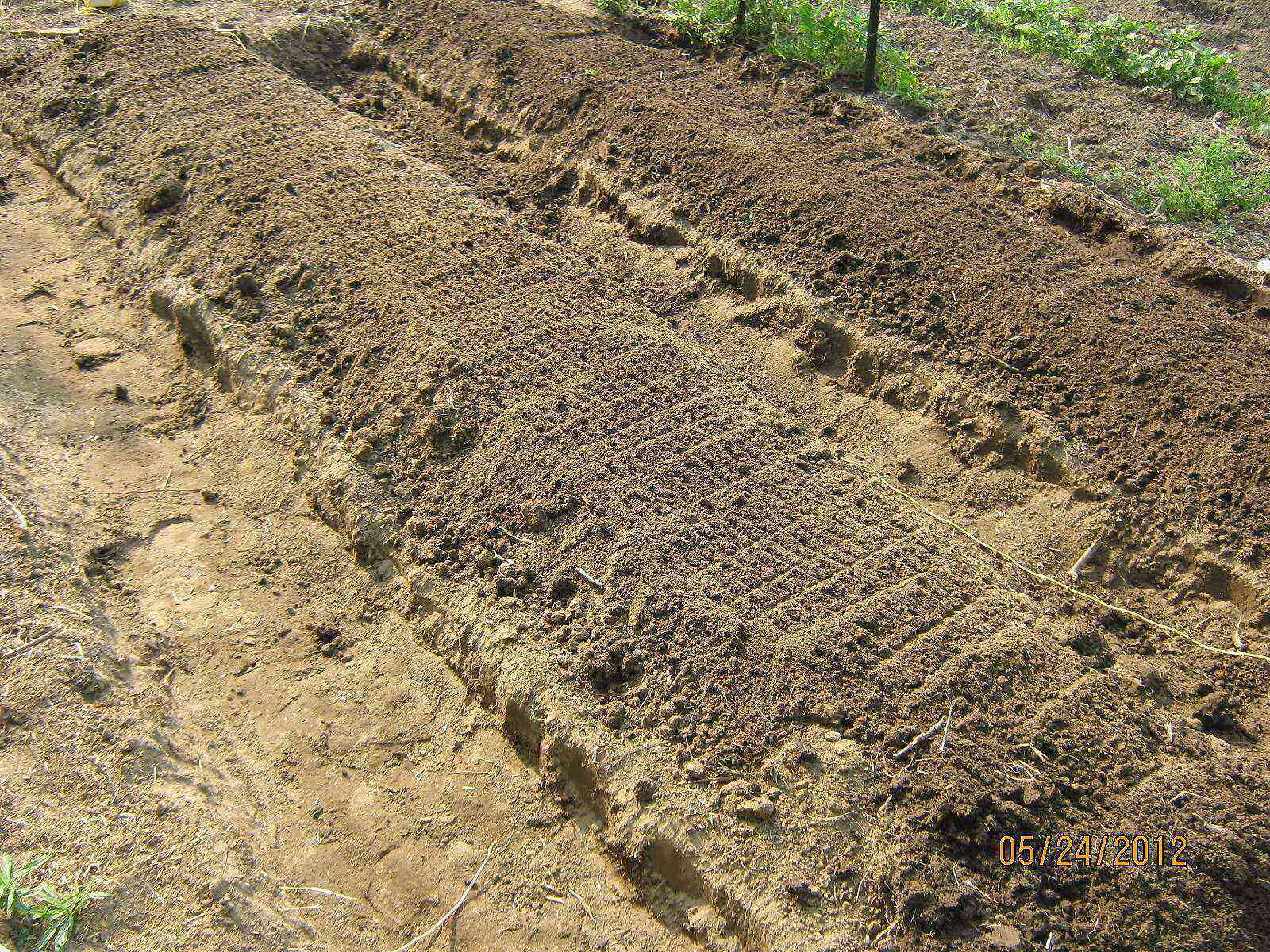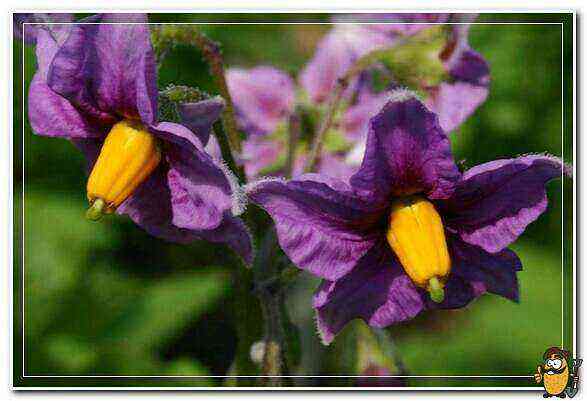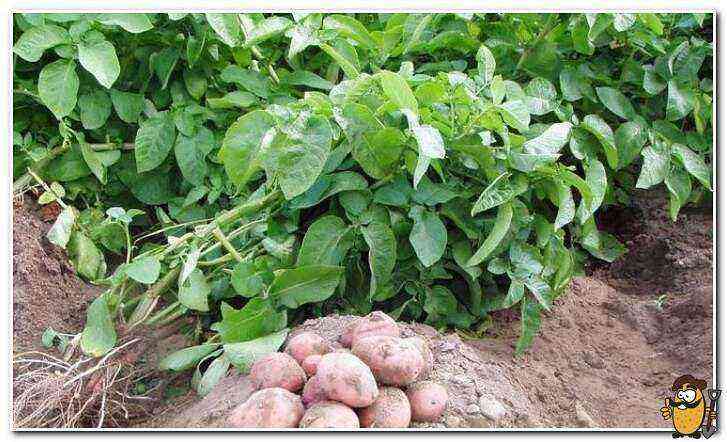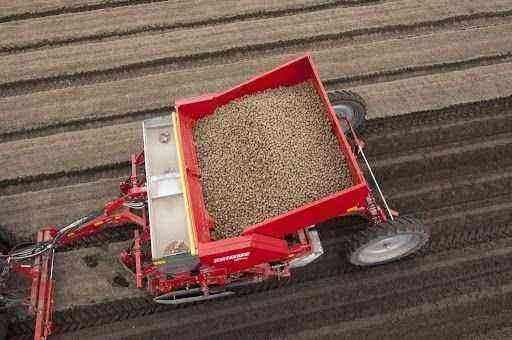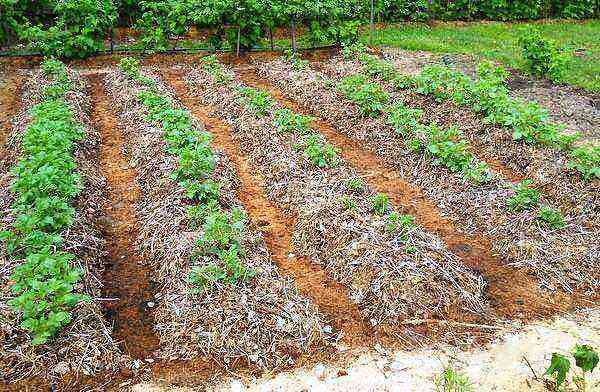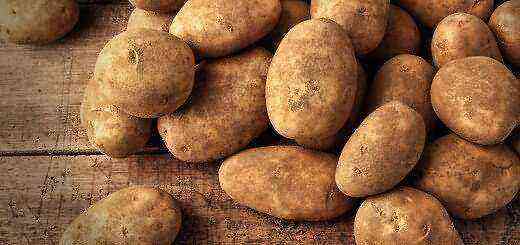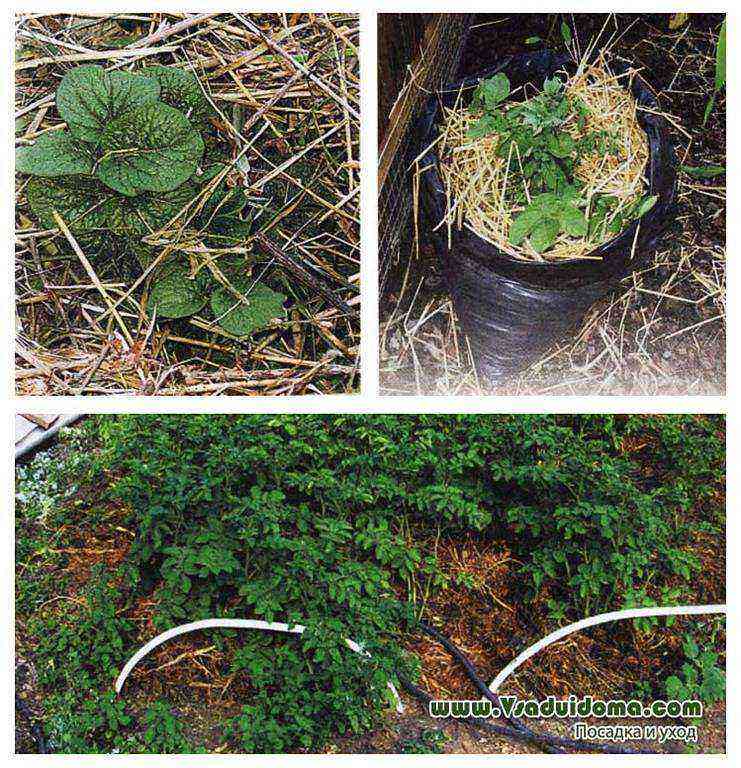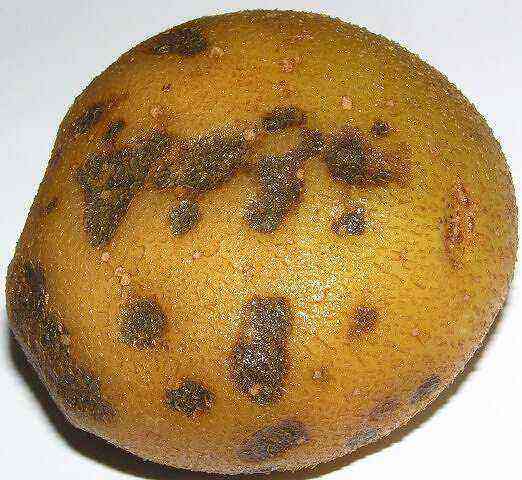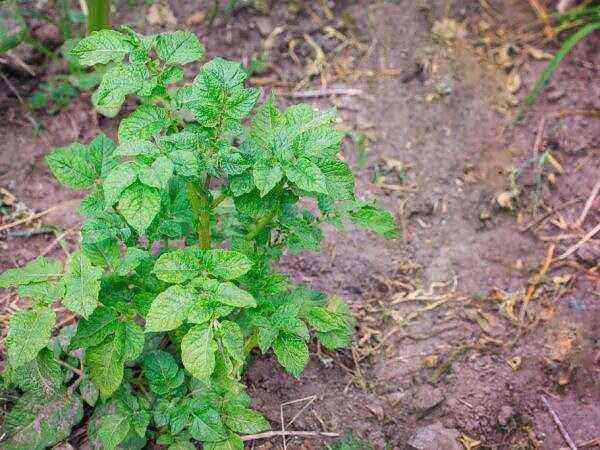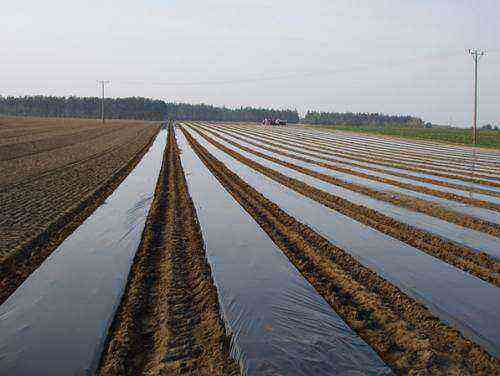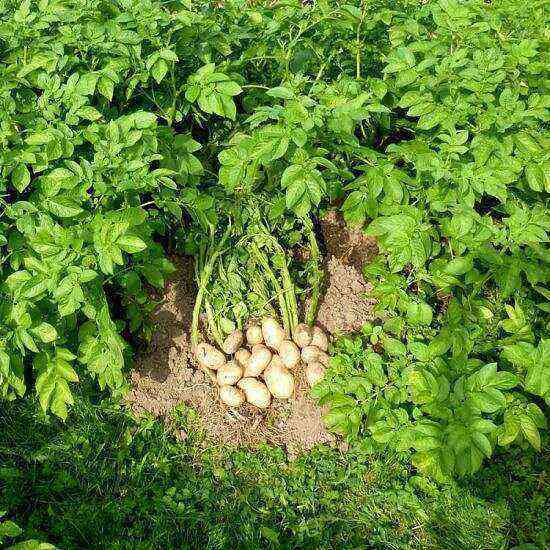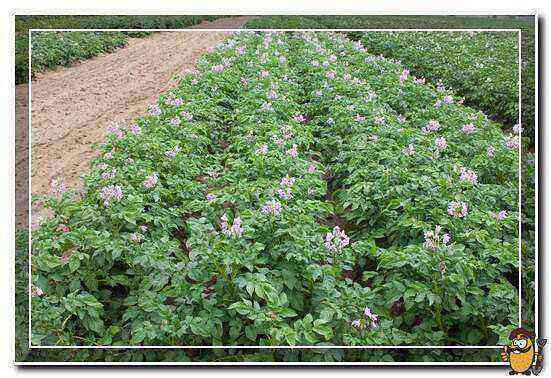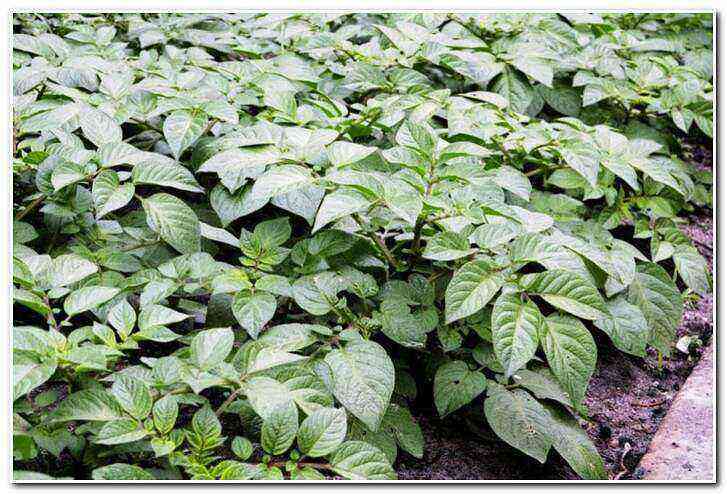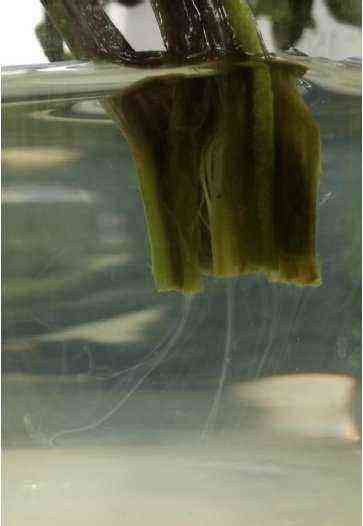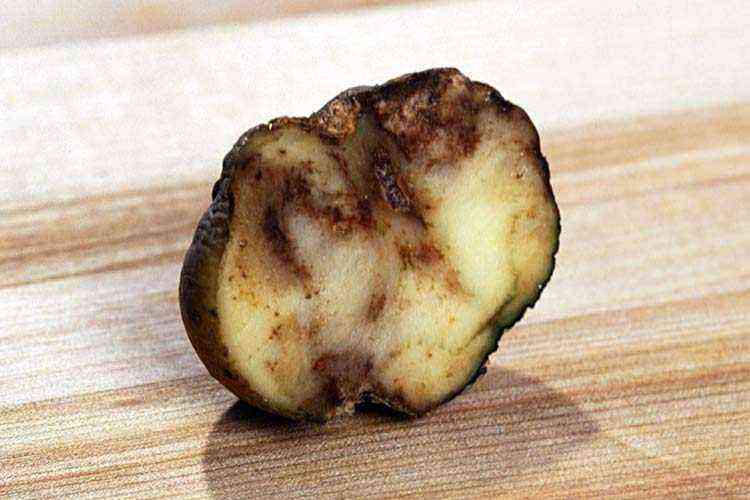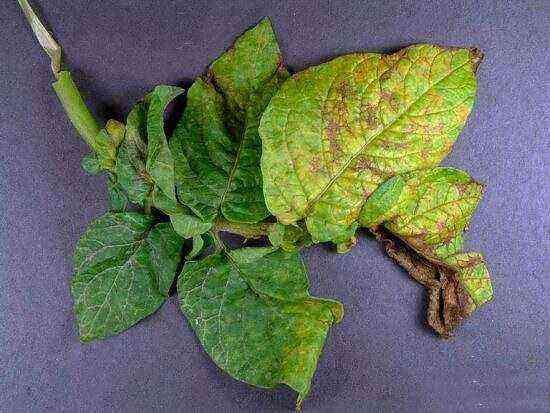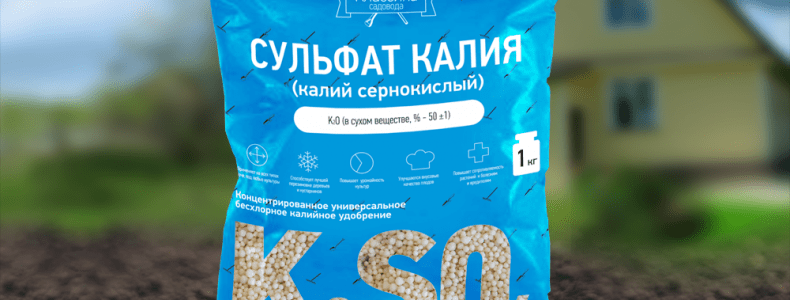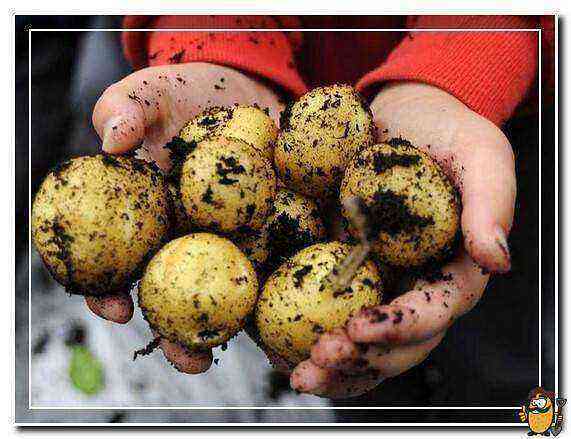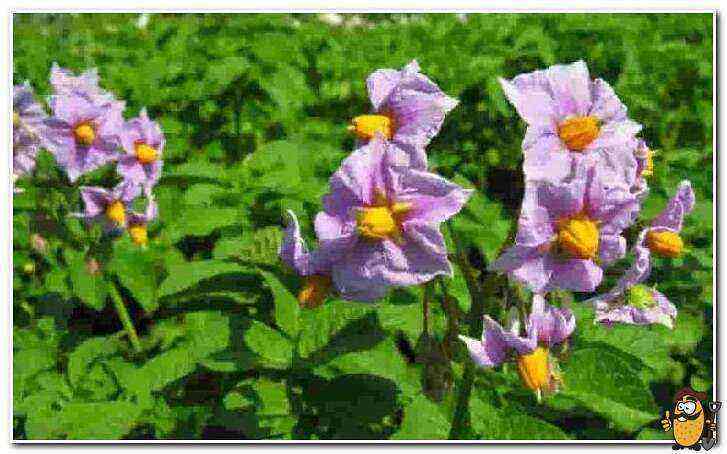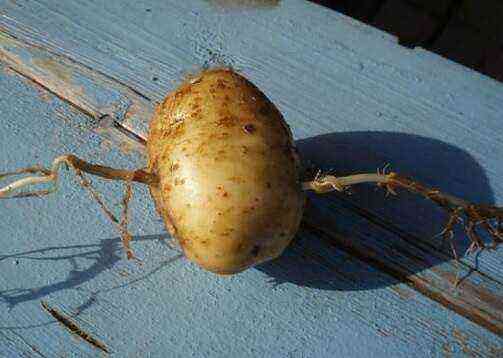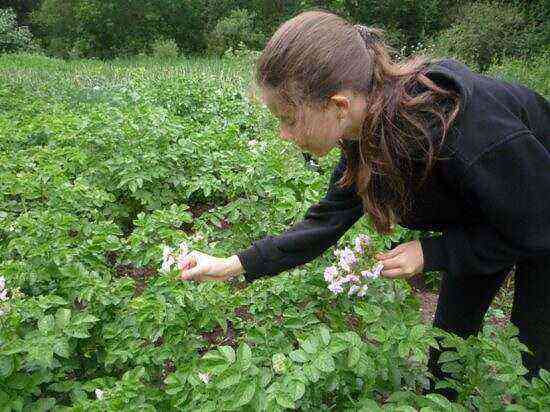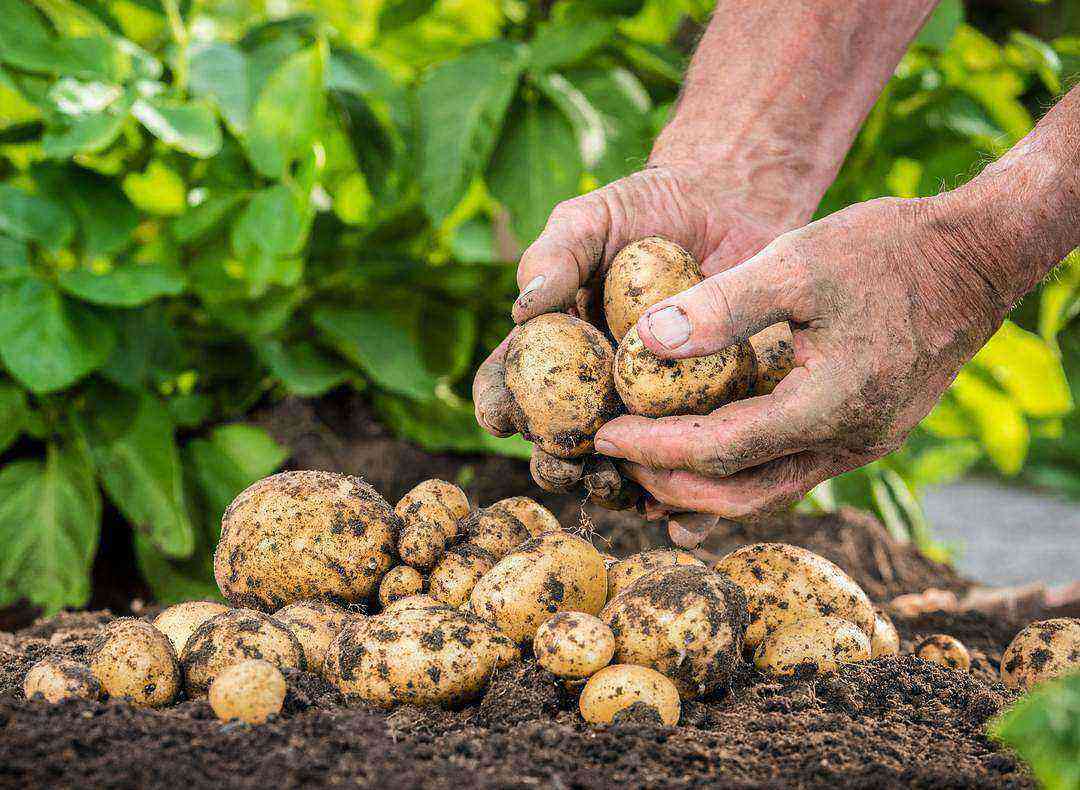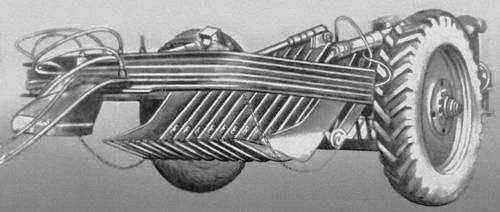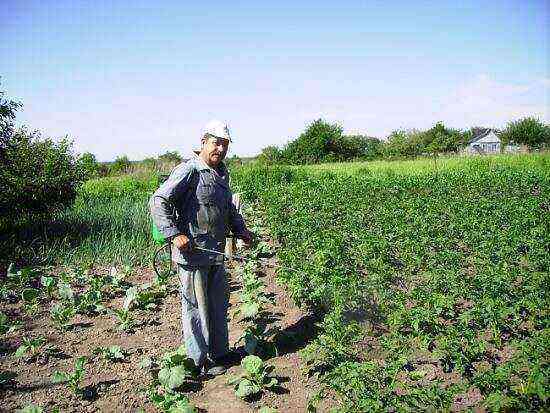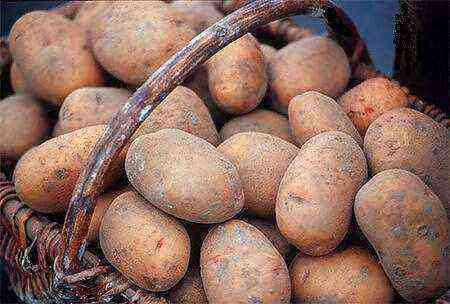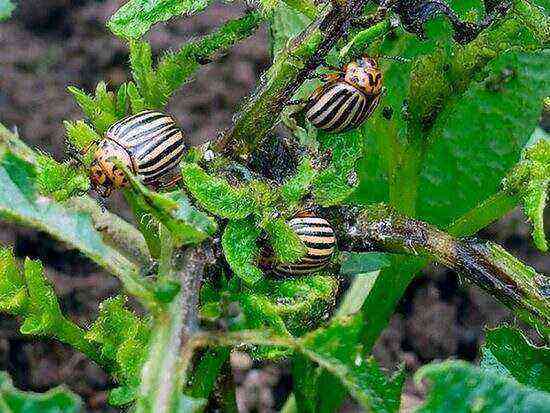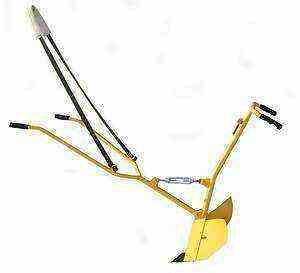Among the achievements of our breeders there are many interesting varieties of potatoes with an unusual appearance. These include purple vegetables – Gypsy, Sineglazka, Chugunka. Not so long ago, the “purple” list was replenished with another variety, bred as a result of crossing Chugunka and a hybrid under the number D-31-88. These are Vasilek potatoes, which have successfully passed the tests and are included in the State Register of Breeding Achievements of the Russian Federation in 2014.
In addition to excellent production indicators, this variety surpasses many of its counterparts in the content of nutrients in tubers, in particular vitamin C. One potato contains more of this organic compound than half a lemon. In addition, it is resistant to many common cultural diseases. Thanks to this, as well as the excellent taste, the Vasilek potato variety is today called one of the most promising, and not only in the Central Russia recommended for cultivation, but also in many other regions. Every summer resident who has planted this variety in his garden will not be able to refuse it in the future.
Description of cornflower potatoes
The variety is considered medium early, the ripening period, depending on growing conditions, lasts from 80 to 100 days. Purpose – dining room. Thanks to their high antioxidant activity, these potatoes are excellent for preparing dietary meals.
Cornflower bushes are medium in height, with strong semi-erect stems and dark green open leaves. During the flowering period, the aerial part of the plants is decorated with small flowers, often of a purple, and sometimes slightly reddish hue. The root system is well developed, consisting of many sprout and stolonic roots. Elongated tubers are smooth, mostly regular oval. They have a smooth, thin rind with an intense purple color that is lost during cooking. The eyes are small, superficial, almost invisible. The cut cornflower potato pleases the eye with a pleasant light cream shade, sometimes small pink-purple pigmented areas are visible on the cut.
The yield of this potato is not very high, but it is compensated by the quality. On state tests, this indicator fluctuated within 95-255 c / ha, a record was recorded in one of the farms of the Moscow region – as much as 482 c / ha. To understand the capabilities of the variety, take a look at the comparison table below.
Name
Average yield (kg / ha)
Cornflower
180
Bullfinch
225
Impala
270
Rosara
375
Luck
420
Latona
460
Kamensky
520
As you can see, in terms of yield, Cornflower is noticeably inferior to other popular varieties of potatoes, but it has its own advantages. This is marketability of tubers – 94%, as well as good keeping quality – 96%.
As for the taste, the variety is excellent. The pulp does not have excess wateriness, it has an average boil-up ability. When boiling, the tuber may crack, but it will not lose its shape. The starch content is also average – 13-16%. This potato can be used to prepare a wide variety of dishes, which speaks of its culinary versatility.
With regard to the growing conditions, experts came to the conclusion that Cornflower is not very picky about the climate and soil. Of course, like most other varieties, it gives the greatest yield in light, fertile soil. From the agrotechnical side, these potatoes do not need any special increased attention, but they will certainly thank them for proper care with a good harvest and high quality of tubers.
Peculiarities of growing
Preparing and planting tubers
To get the maximum yield of cornflower potatoes, it is necessary to properly prepare the seed material. For planting, tubers weighing 50-70 g are selected, without mechanical damage and signs of disease. Even before germination, they are treated with a solution of copper sulfate in the ratio of 1 spoonful of the substance to a bucket of water. The processed planting material is dried and laid out in one layer in a well-lit room. When thick short sprouts appear on the tubers, you can start planting. By this time, the earth should warm up to at least 10 degrees, otherwise the seedlings may not wait.
This variety shows the best results in sunny, sheltered from the wind areas. If the soil is too heavy, it is dug up twice – in autumn and spring. In addition, it is possible to improve the structure of the soil by introducing a large amount of organic matter. When choosing a plot for potatoes, one should not forget about the rules of crop rotation. It is advisable to plant cornflower after green manure, pumpkin, vegetable marrow, beet, cabbage or legumes. Siderat plants are a priority, because they enrich the soil with nutrients, which means they improve its quality. This can be, for example, sweet clover or alfalfa. The optimal planting pattern is 60 cm x 25 (30) cm, where the first number indicates the distance between the rows, the second – between the holes. The recommended planting depth is 10-12 cm.
Care
2 weeks after planting, the soil in the aisles is carefully loosened to a depth of 7-8 cm (so as not to damage the tubers). When young bushes rise to a height of 12-15 cm, the first hilling is carried out, after 2-2,5 weeks the procedure is repeated. Re-hilling is necessary in order to restore the piles destroyed by the rains. You should not ignore such an agricultural technique as weeding, otherwise the weeds will drown out young plants. Potato plantings are weeded out as weeds appear in the aisles. Water the cornflower potatoes during the period of active growth, but only if the weather is dry. Water consumption is 2-3 liters per bush. If it rains frequently, watering is unnecessary.
Before flowering, plants need to be fed, after moistening the soil. Moisture will make it easier for the root system to absorb nutrients. You can feed:
- chicken droppings diluted in water 1:10 and standing for at least 2 weeks;
- urea solution prepared according to the manufacturer’s instructions;
- fermented “green” weed fertilizer.
All of these dressings are applied at the root. The interval between fertilization is 8-10 days.
Fighting diseases and pests
Potato variety Cornflower has high immunity to cancer and golden nematode, medium resistance to late blight, wrinkled and banded mosaics. If the processing of the planting material did not help and the symptoms of this or that disease still appeared, you will have to resort to the help of special drugs. Treatment of late blight is carried out with the help of products containing copper, and the best prevention of this disease will be the regular application of mineral fertilizers. It is recommended to use fungicides against all types of mosaics, and systemic insecticides can be used to destroy aphids that carry the mosaic virus. In the fight against scab (rot), the Quadris fungicide is effective, which is used to treat the soil.
Most gardeners struggle with the Colorado potato beetle using the proven old-fashioned method – they collect insects by hand and destroy them outside the site. This is the most sustainable way. If there is no time for manual collection of beetles, then such modern means as Tabu, Senpai, Matador, Beetle Eater, Beetle Off or Tanrek will help. The striped transatlantic migrant has not yet developed immunity to the listed drugs.
Harvesting and storage of crops
When the bushes stop growing, the growth of tubers also stops, but this does not mean that it is time to dig out the potatoes. Until the tops are completely dry, they continue to give nutrients to the tubers. Only after the above-ground part is completely dry, you can start cleaning. The maturity of a potato is also determined by other criteria. Firstly, this is the condition of the tuber peel. It should be strong and tight, withstand finger pressure. Secondly, the potatoes should easily come off the stolons. Such potatoes are considered ripe and ready for harvest.
For harvesting, it is advisable to choose a suitable weather – a warm sunny day. The meteorological service will help with this. About a week before the scheduled date, you need to mow the tops. This is necessary not only to make it convenient to dig, as many gardeners think. After mowing the tops, the tubers themselves begin to prepare for wintering and form a protective layer. Their peel coarsens, in just a few days it becomes twice as thick.
Harvesting consists of 5 stages. It:
- extraction of potatoes from the soil (with a shovel, pitchfork, mechanized method);
- drying in a shaded place;
- transportation to the storage;
- sorting (calibration), selection of seed material;
- bookmark for storage.
You can store cornflower potatoes in cellars, basements, on balconies, in special trenches or pits. In order for it to stay until spring, appropriate conditions must be created at the storage location:
- the air temperature is not higher than +3 degrees;
- humidity within 70-80%;
- absolute darkness.
It is very important to maintain these rates, otherwise there is a risk of losing a significant part of the crop. The potato can freeze, start sprouting, it can be spoiled by developing fungi, and so on.
In conclusion
What is the basis of the interest of farmers and gardeners in cornflower potatoes? Reviews are mostly approving, despite the modest yield compared to other varieties. Cornflower has a lot of its undeniable merits. First of all, it is a great taste and presentation of tubers, high resistance to many serious crop diseases, good keeping quality. Some summer residents just like the “purple” exotic. Be that as it may, the variety found its admirers and, I must say, today there are a lot of them.
